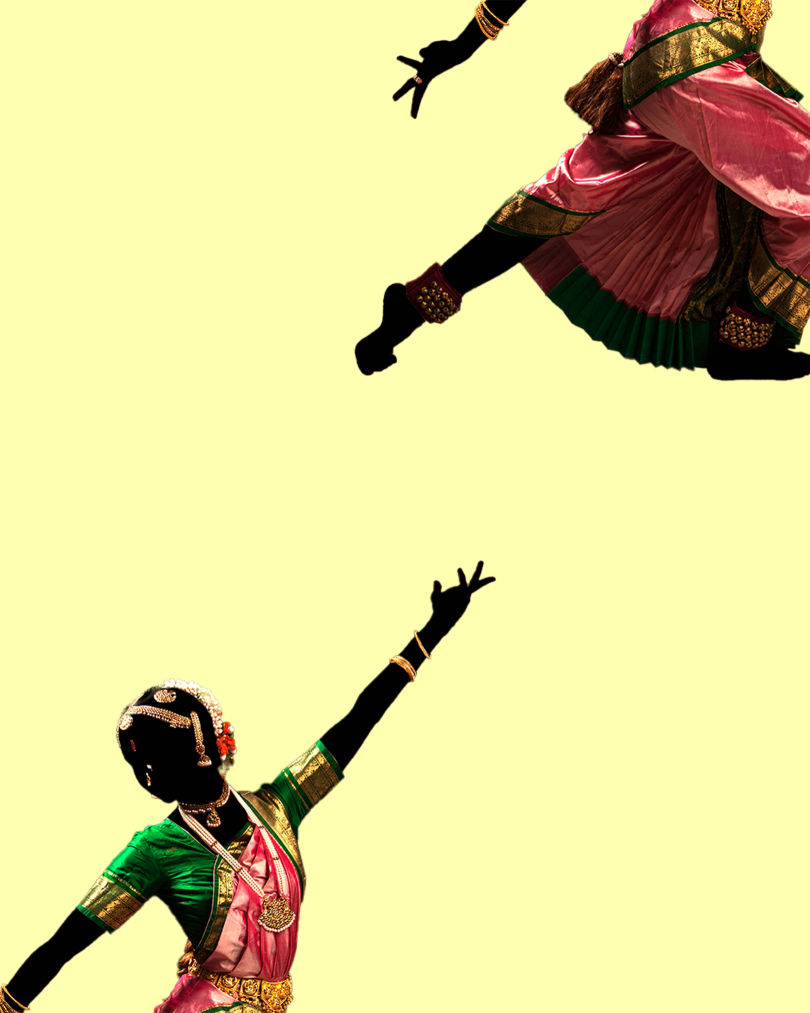
Dancing through Caste: Temples as site and context for Bharatanatyam
By Ishika Khollam
Ishika Khollam
Ishika (she/her), is a postgraduate student studying Sociology and Psychology, in Mumbai, with a special interest in mental health. Through her interdisciplinary academic training, she has always tried to look at mental health from a structural lens, and has attempted to bring a consideration of the social and cultural context to mental health praxis. Furthermore, she is also a third generation Bharatanatyam dancer, and dance trainer, and that places her in a unique position, with respect to her savarna caste identity, her artform, and its historical trajectory, rooted in caste violence. Through her work, she attempts to learn from the rich body of anti-caste scholarship and praxis, and attempts to bring these learnings to her life and work, albeit imperfectly.
Enjoyed this article?
Share it with your friends and colleagues!
